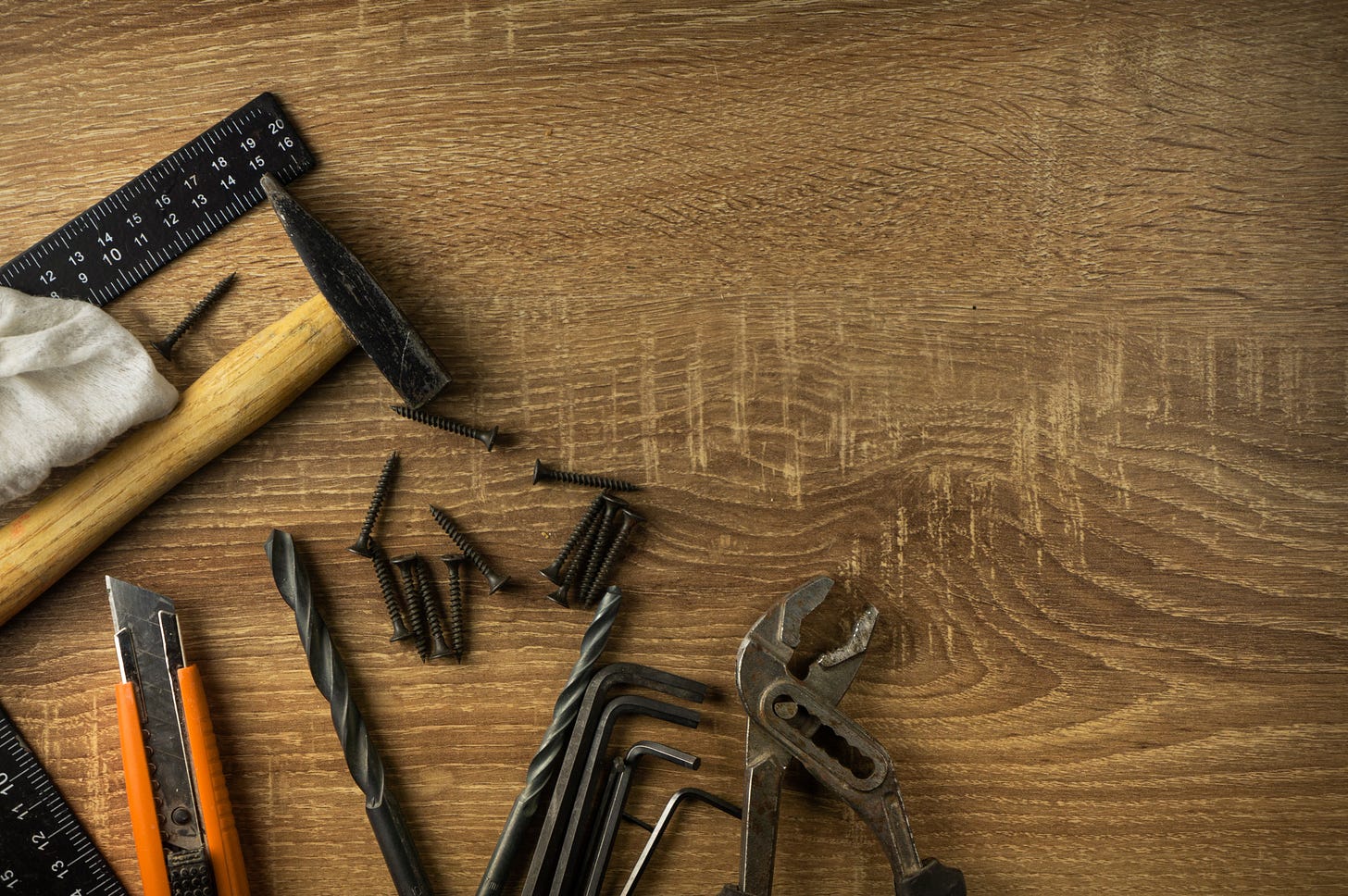[This is part one of a three-part series on good house design. See parts two and three.]
If you win the lottery and want to make your house cost less to run, perform better, and be more comfortable, what should you fix? Here: I will tell you. This is the list of items you can improve that can be done right away and don't require any design changes to your house.
After spending five years and literally thousands of hours fixing up my house, I learned a few things about what to do, and what makes good design. Now I'm just a humble non-expert homeowner. But I can at least share what I've learned. One of my favourite quotes is "Any fool can learn from their own mistakes; a wise person learns from the mistakes of others". So here are the things you can learn from my mistakes.
Consider this half checklist for future generations, and half morale booster, so I can at least see the progress we have made. If you're building or inspecting a house - see how many of these things are done right. Perhaps it will save you some time.
To keep it simple - this list assumes no changes to the overall layout or design. It's all of the smaller or in-place changes you can make that still help. Ordered from largest to smallest, in the style of "A Pattern Language".
A Metal Roof
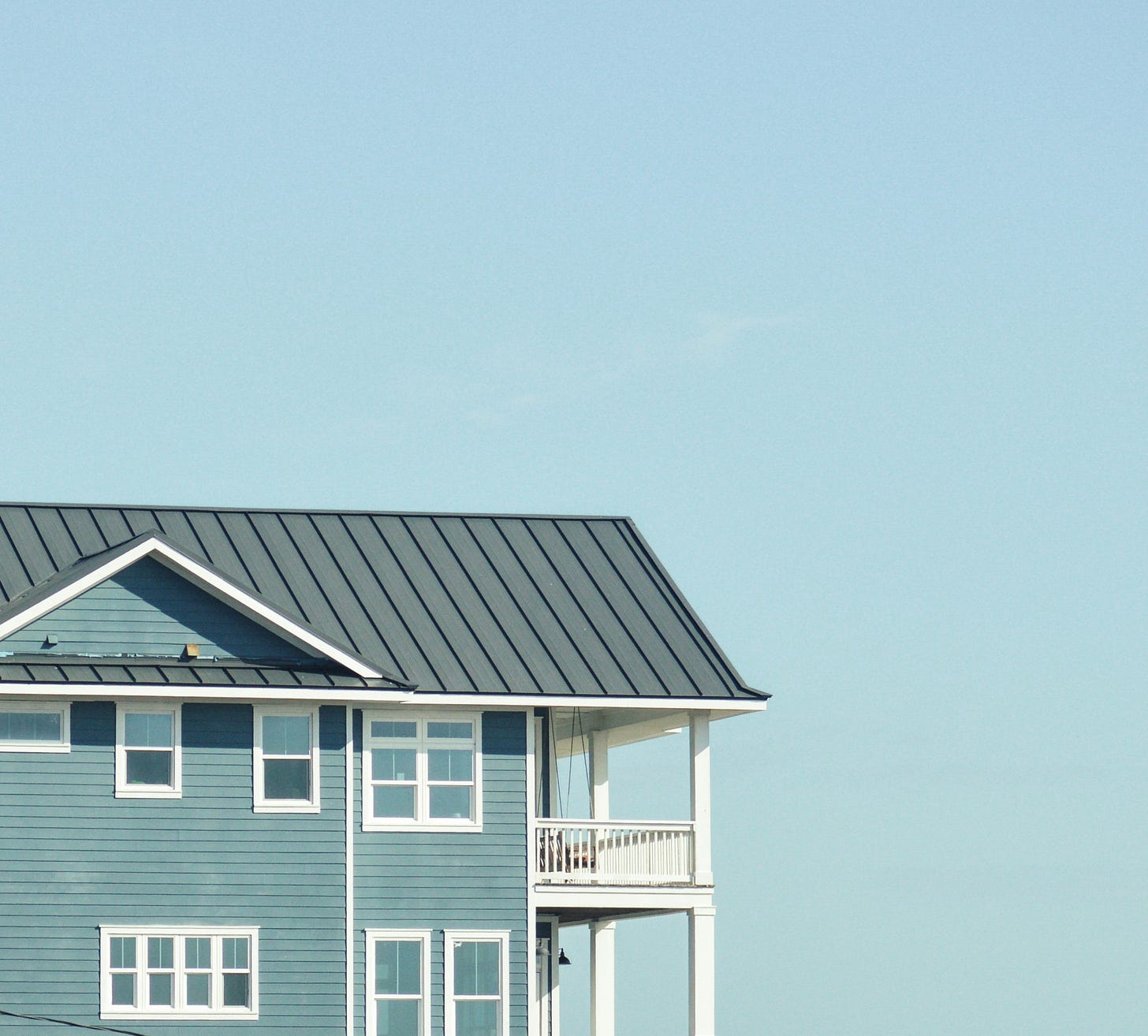
My ideal roof is standing-seam metal. Tough and long-lasting. A roof I can pass on to my kids and hopefully my grandkids. This includes having proper ice sheathing and drip edge so you don’t get water damage. As they say - "If you want an expensive problem, hire a cheap roofer".
Probably Not A Rubber Roof
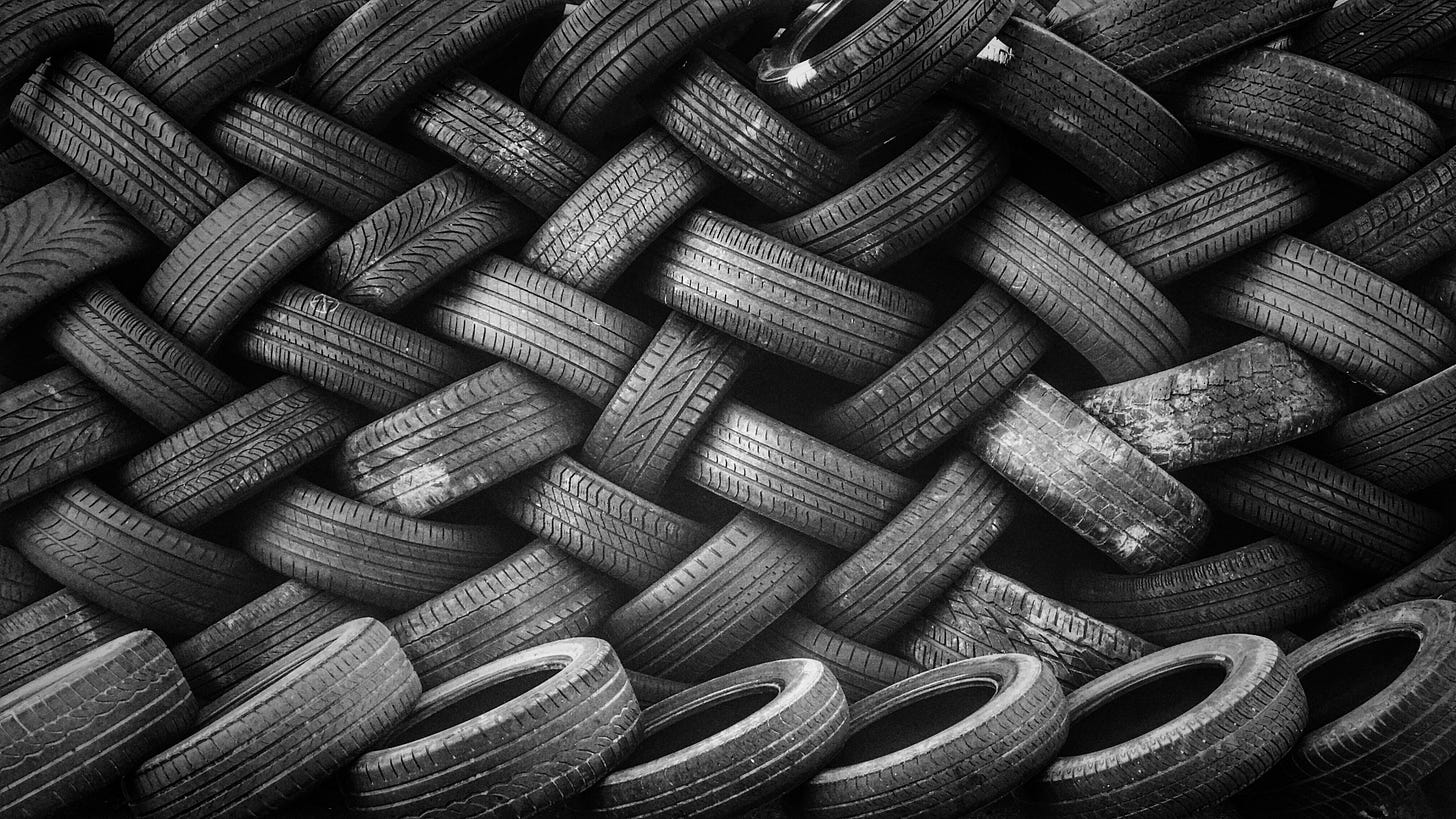
Some companies make big claims about roofs made of rubber. I am not yet convinced. I think the correct solution is to wait 100 years and see if the evidence proves it can actually last. For now - stick with metal. Or as Falk says, “steel or slate”.
Proper Air Sealing
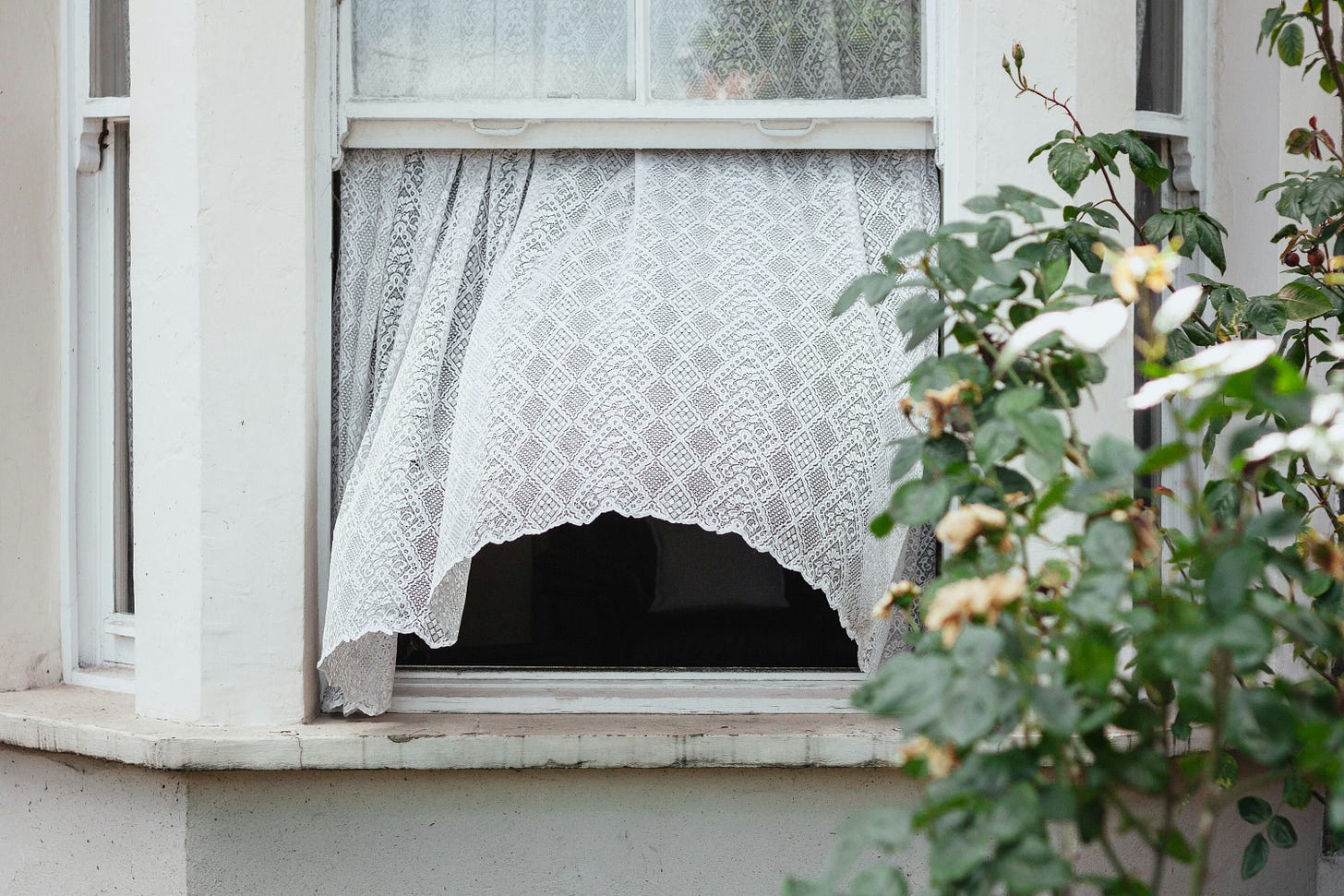
Air-seal with vapor barrier and blown cellulose or other non-flamable methods, rather than highly flammable methods such as canned spray foam. This involves the tradeoff between proper ventilation vs not relying on expensive mechanical systems. If you’re not going the Ben Falk no-mechanical method, you probably want an ERV or HRV so you can breathe clean air.
My experiences suggest that we still really aren’t good at creating buildings that help you breathe quality air in modern complex houses. Hopefully this is something the industry will get better at over the next several decades.
Proper Attic Insulation
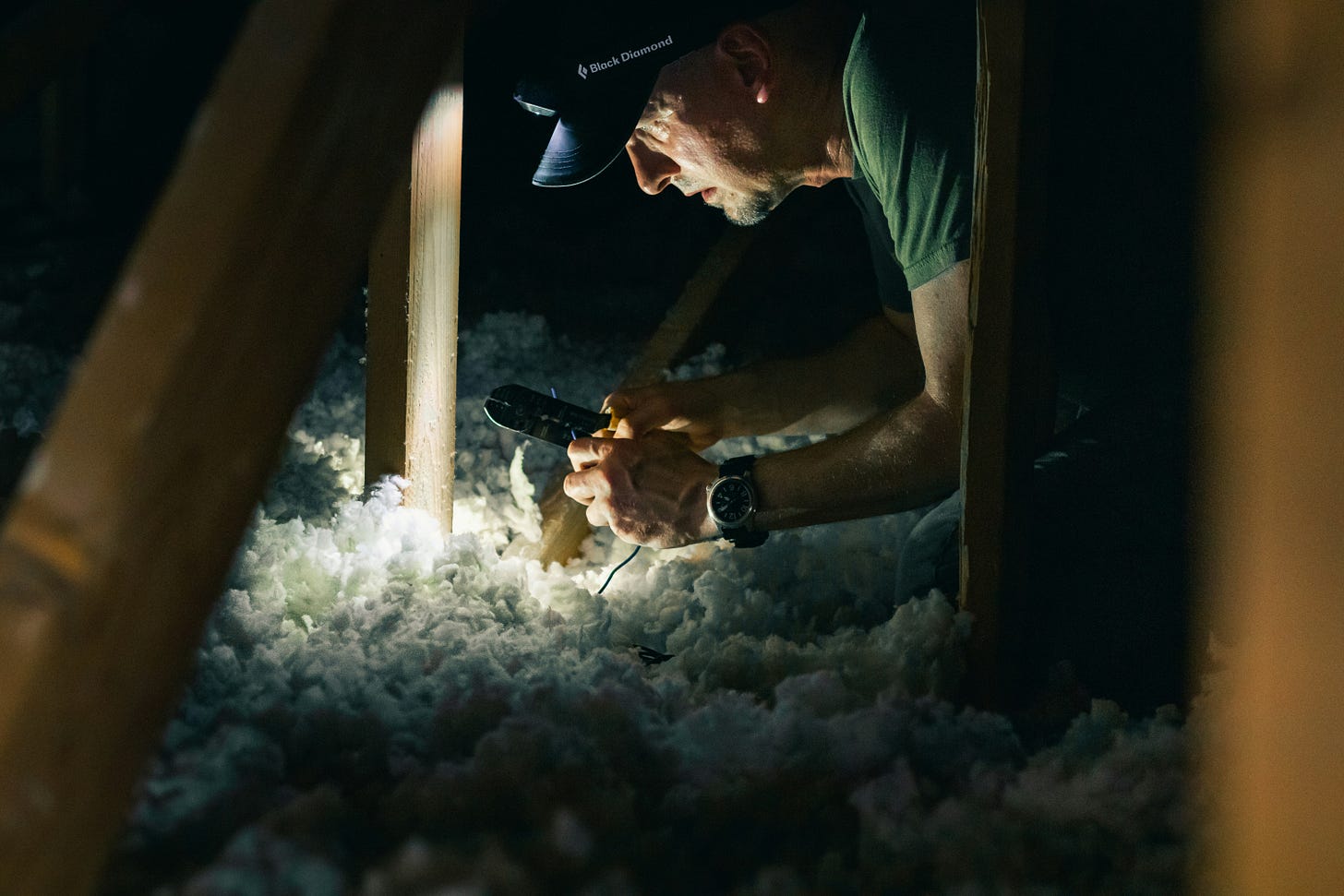
Adding attic insulation is one of the most cost-effective and cheapest upgrades you can make to make your home more comfortable and more energy efficient. The builders who made our place gave us about 25% of the insulation we needed. No wonder our winter heating bills were so high. Our upper floor used to be boiling hot and basically unlivable in the summer time. If it was 95 F / 35 C outside, it was that hot or hotter inside too.
After getting the attic sealed and insulated it makes a *world* of difference. Now the inside stays at regular inside temperatures even when it's hot. It’s the best upgrade we have ever done. Highly recommended.

As mentioned in Pretty Good House, you can see this study on correct amounts of insulation. You’ll probably benefit from having even more than you think.
Fibre-Cement Siding (aka “HardiePlank”)
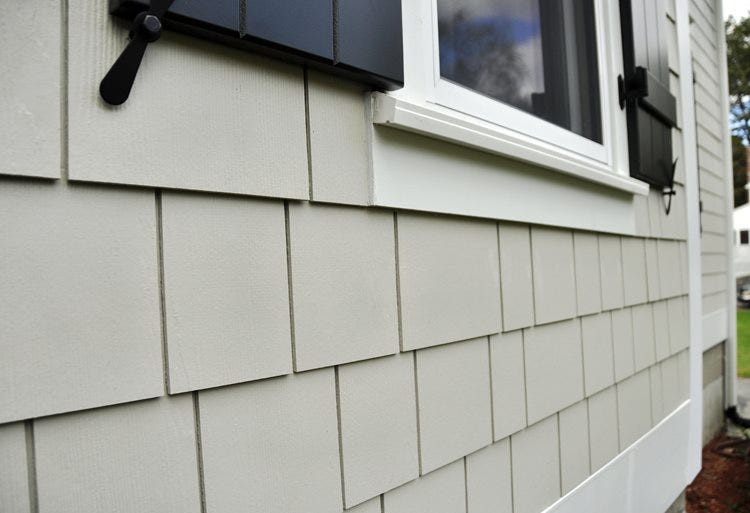
Fibre-cement siding is supposed to be fireproof, last forever, and be easy to paint or bolt into if you need. If I win the lottery this would be an upgrade project.
If you ever fix your siding, consider working with an expert to add insulation underneath as well - the right type for your environment that won’t trap moisture.
Shades + Overhang Awning On The Back Door

“Doors should always have a protective overhang, to protect from rain and sun.” —Pretty Good House
South-facing window overhangs help you stay cool in summer but let in sunshine and warth during winter. Our front entrance has a very nice awning that really helps. Our back door does not. I will be working to fix this in the future if we can.
This goes along with - use south-facing windows that let in the light rather than reflecting it. No special reflective e-coatings. And make sure to size the length of the awning to work correctly in both summer and winter. That will depend on your latitude.
A Radon Mitigation System
I have now lived several decades unknowingly breathing unsafe radon levels, likely in the range of 250 Bq/m3 or higher. Everything has been measured and fixed now. But it may catch up with me. Get this tested and fixed if you can.
Energy Vanguard says: it costs 10% as much to fix radon while you are first building the house, rather than after the fact. But at least it’s still fixable afterward.
Better Windows
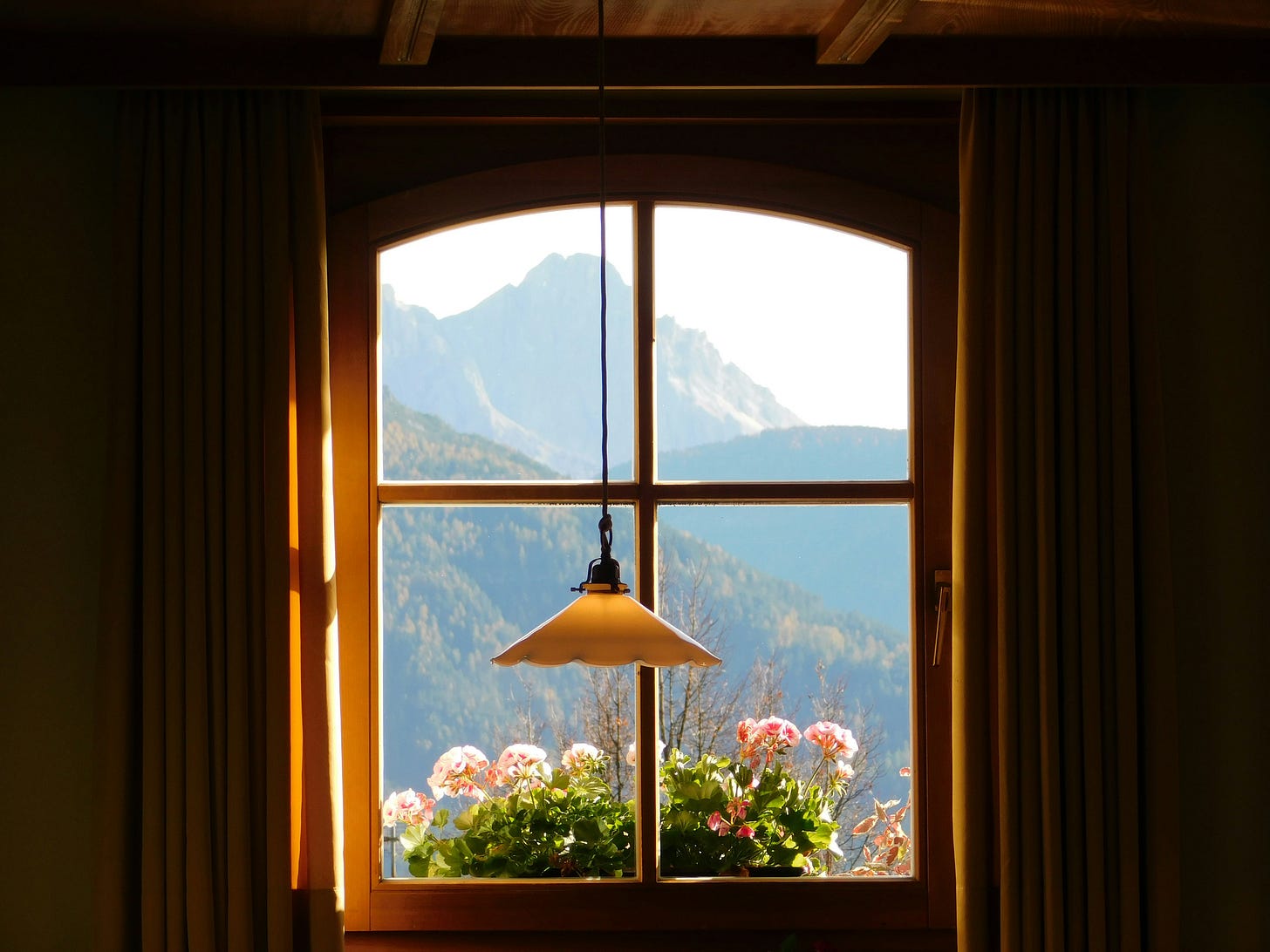
Ideally - get casement style, hand crank windows - the kind that move in and out. These are supposed to seal better and last longer than sliders (and they can catch cool breezes for passive cooling). We have one slide window in particular that wore out quickly and needed to be replaced. It was leaking in a ton of cold air during the winter.
If you have the money, you can install triple-pane, argon filled windows as well for better insulation. They say “A bad wall is still better insulation than a good window”. But if you're going to do an upgrade you might as well make them nice.
Windows are expensive, and upgrading windows is one of the lowest ROI changes you can make on your home. But you usually don’t have to alter the design.
Easy, Quarter-Turn Plumbing Valves
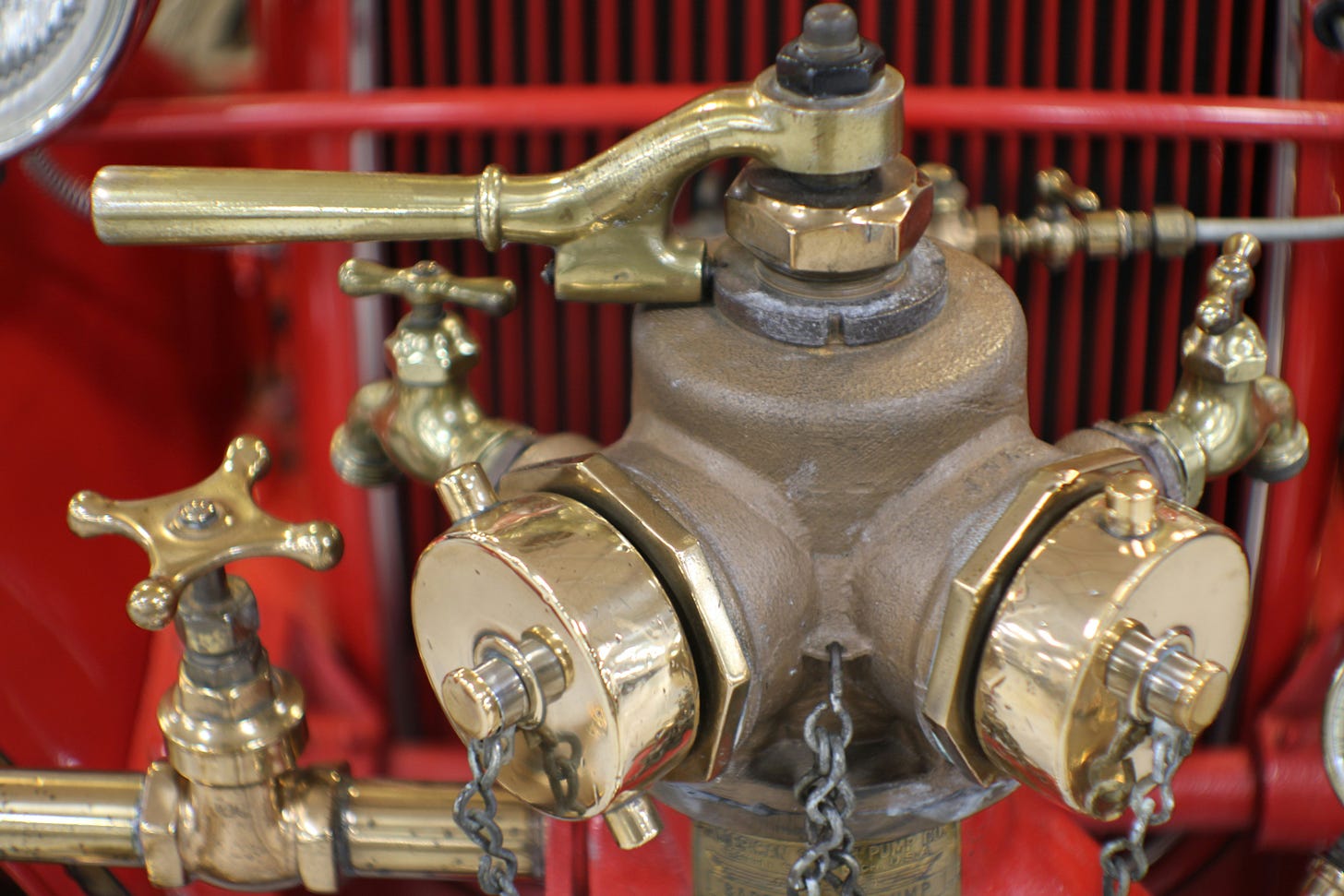
Inside the house use only ball valves, not check valves, everywhere. Every tap, every faucet, every sink, every toilet. Anywhere you might need to do work or shut off the water - use a ball valve. These are the ones with a simple lever that you move to turn the whole thing either completely on or completely off. There is no partway opening. These lever style valve as much easier and faster for doing any type of plumbing work, and easier to use at any age.
Quiet, Connected Bathroom Fans + Kitchen Fans

I DIY replaced our bathroom fans to a quieter model. It used to sound like a plane taking off (2.5 Sonnes). Now you can’t hear a thing (0.2 Sonnes). I had to hire a professional to replace the one in the top floor up in the attic, as that required cutting and replacing the sealing plastic. I also didn’t want to fall through my own ceiling.
Likewise I replaced the kitchen range hood and discovered - it had never been connected or vented in the first place. Now it properly vents outside of the house, with a butterfly damper and a proper metal vent. I also reduced it from 7.5 Sonnes down to a reasonable 1.5 Sonnes. The previous hood fan was so noisy it was intolerable! So we never used it. Now we can actually use the fan while cooking and still be in the same room.
Safe And Connected Dryer
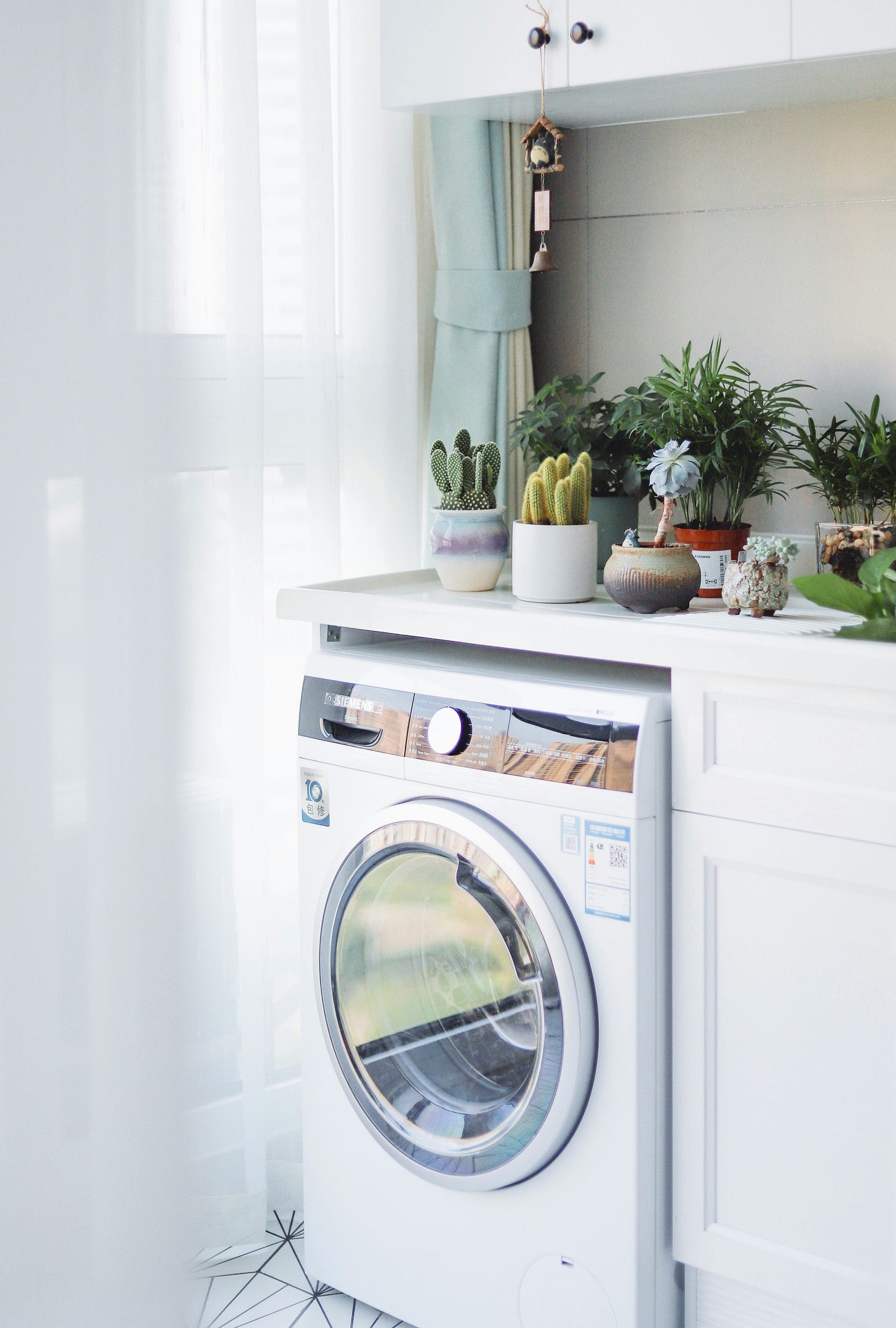
Make sure your dryer vent actually goes outside, and doesn't vent into the cavity of the wall. This is something you should check when you first move into your house. Also make sure the vent is metal and not plastic. Don't live in a fire trap. The vent should be as short and straight as you can make it.
I have also been learning about “ventless” dryers, which sound like a futuristic, space-aged technology to me. I would be up to try one of these, if they can still manage to dry all of your clothes in time. I have read they are about 1/3 smaller.
Hot Water Heat Recovery
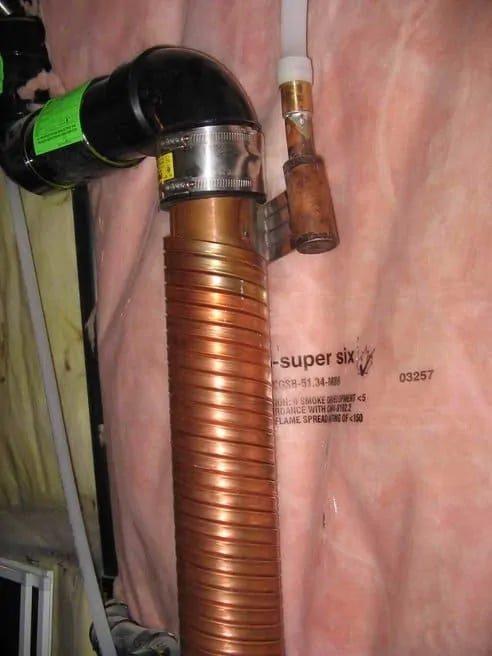
This is basically a giant copper coil that wraps around your main water drain, to absorb heat from water leaving the house (e.g. shower drain) and use it to pre-heat cold water before it goes to the hot water heater. A genius idea.
This upgrade actually ranks pretty well on the list of economic house upgrades. Supposedly pretty easy to retrofit. The great news about this one is it's passive, needs no maintenance, and has no moving parts. Even Ben Falk might approve.
Now given the price of copper - is this a good use of copper? I don't know. But in this hypothetical scenario I have unlimited budget, so let's go for it.
Properly Sloping Garage Pad

In winter the snow melts in our garage and doesn't run out the door. It runs to the side, pools, then freezes. Then it gets slippery inside the garage. Just make it run back toward the center like it should.
A Note On Home Inspections
Note that usually all of the house upgrades or fixing options you will see included in a home inspection or energy audit report are ones that can be done without redesign or tearing apart the house. That's not surprising, so they can encourage people to do them. But many can still be useful things to do.
Phew! That’s the list for now. Did I miss anything? Best of luck with your fixing projects!
References
Books
“Pretty Good House”, by Kolbert, Mottram, Maines, Briley. [My Book Review]
“Renovation”, by Michael Litchfield
“How Buildings Learn”, by Stewart Brand
“The Resilient Farm and Homestead”, by Ben Falk
“A Pattern Language”, by Christopher Alexander
Cornell seems to host the full PDF for free on their website




